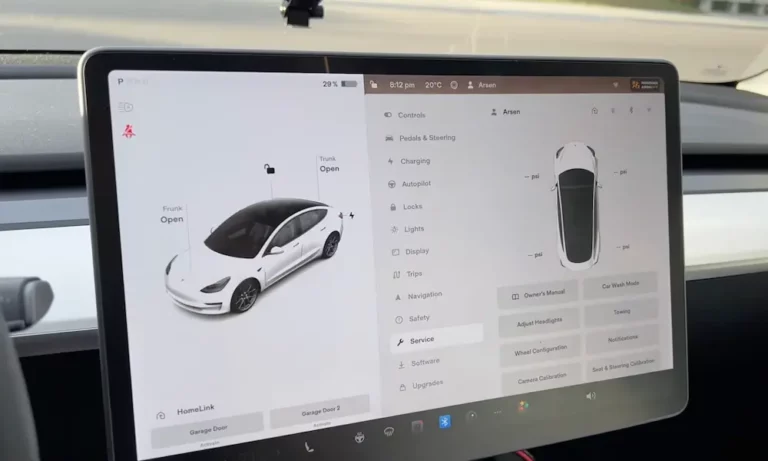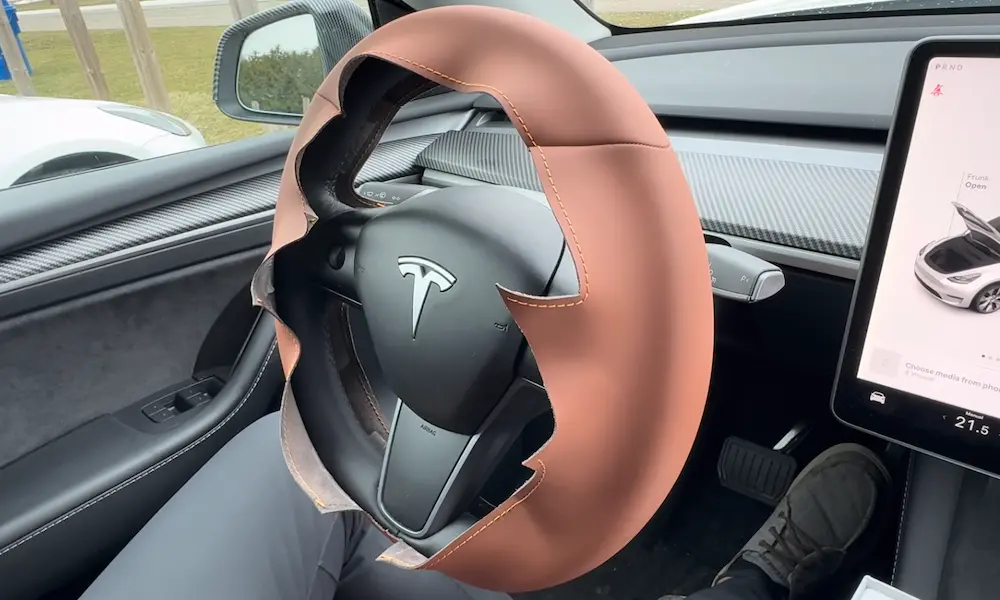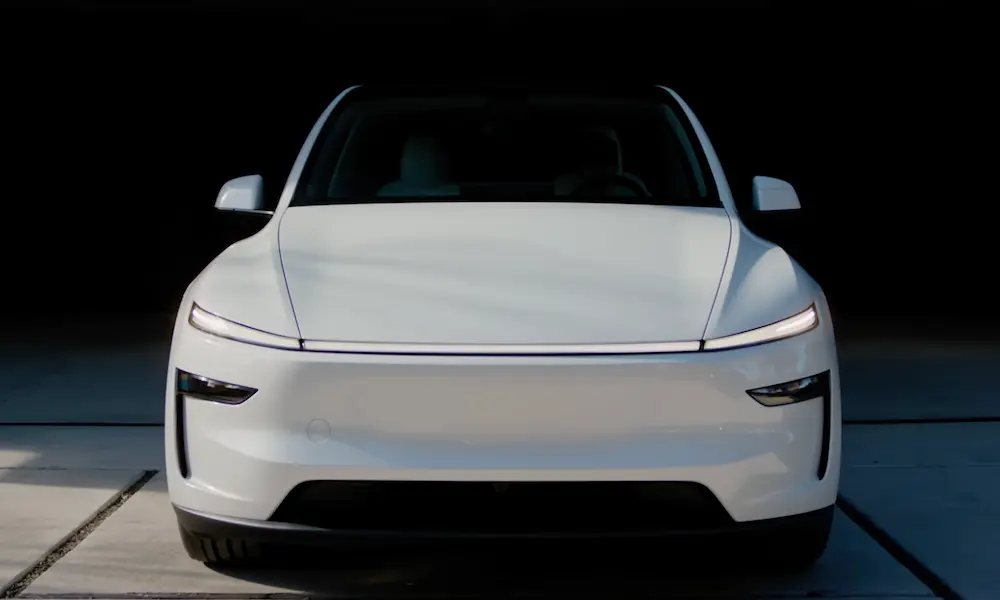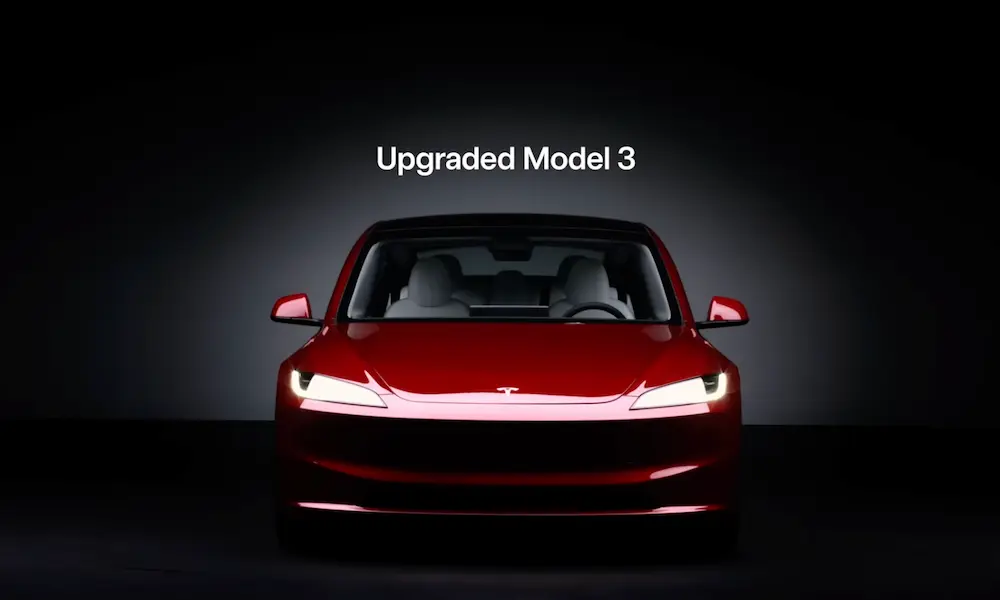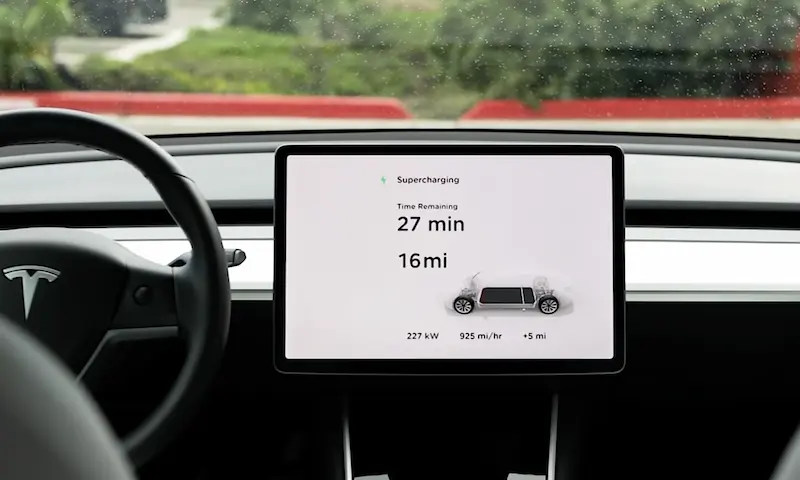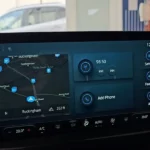Ever tried to use your Tesla’s climate keeper only to be greeted with an annoying “unavailable due to system fault” message? Nothing’s more frustrating than discovering your car’s fancy climate control features aren’t working when you need them most—whether you’re trying to keep your pup cool or maintain a comfortable cabin while camping.
This issue affects Tesla owners across all models and can strike without warning. But don’t worry—we’ve dug into the root causes and put together this guide to help you get your climate control back up and running.
What Exactly Is Climate Keeper?
Climate Keeper is Tesla’s feature that maintains your cabin temperature when parked. It powers three specific modes:
- Dog Mode: Keeps your pets comfortable while displaying a message on the screen
- Camp Mode: Maintains temperature overnight for in-car camping
- Keep Mode: Preserves cabin climate when running quick errands
When these features become unavailable, it’s usually accompanied by that frustrating “system fault” message.
Most Common Causes of the Climate Keeper System Fault
Windshield Replacement: The #1 Culprit
If you’ve recently had your windshield replaced, you’ve found your likely suspect. This is the most frequently reported trigger for Climate Keeper system faults. The connection is so clear that Tesla’s service manual specifically addresses it.
Here’s what happens: During windshield replacement, technicians often disconnect or disturb the temperature and humidity sensor behind your rear-view mirror. When this sensor isn’t properly reconnected or gets damaged, the climate control system can’t function properly.
Temperature and Humidity Sensor Issues
That small sensor behind your rear-view mirror looks like a tiny computer chip but plays a crucial role in your climate system. It can be:
- Disconnected during service
- Damaged during windshield replacement
- Improperly seated in its housing
- Experiencing firmware mismatches
Software and Firmware Mismatches
The technical heart of this problem often involves a mismatch between your sensor’s firmware and your vehicle’s software. Your Tesla’s diagnostics might show error codes like:
- “VCRIGHT_a538_hvacSystemNotNominal”
- “GTW_WO43_THSversionMismatch”
These codes indicate your vehicle’s software expects a different version of sensor firmware than what’s currently installed.
12V Battery Problems
Some owners have reported the Climate Keeper error appearing after:
- 12V battery replacement
- Low battery conditions
- Battery service procedures
The battery change might inadvertently damage the temperature sensor or create software inconsistencies.
How to Diagnose the Problem
Access Your Tesla’s Service Mode
The most effective way to diagnose this issue is through your Tesla’s Service Mode. While the exact method varies slightly by model, you’ll want to get to the Alerts section to check for specific error codes.
Look for These Warning Signs
Once in Service Mode, check for alerts indicating:
- Sensor firmware mismatches
- HVAC system not nominal
- Temperature sensor communication errors
Take screenshots of any alerts you find—they’ll be crucial when communicating with Tesla service.
Solutions That Actually Work
Request a Remote Software Update
This is the most successful fix for many owners. Here’s how to do it:
- Enter Service Mode and capture screenshots of any sensor firmware mismatch alerts
- Create a service request through the Tesla app
- Upload these screenshots with your service request
- Wait for Tesla to push an over-the-air update
Many owners report this resolves their issue within hours, without needing to visit a service center.
Get Your Sensor Properly Connected
If your issue is physical rather than software-related, having the temperature/humidity sensor behind the rear-view mirror properly reconnected can fix the problem. One Tesla owner had their issue resolved in just five minutes when a glass shop properly reconnected the sensor.
| Solution | Success Rate | Time Required | Cost |
|---|---|---|---|
| Remote Software Update | Very High | Hours | Free |
| Sensor Reconnection | High | Minutes | Free – Low |
| Sensor Replacement | High | 1-2 Hours | $$ |
| System Reset | Moderate | 10-30 Minutes | Free |
Try These Reset Procedures
Some owners have had success with various reset methods:
- Soft Reset: Using steering wheel buttons (limited success rate)
- Hard Reset: Disconnecting the 12V battery for approximately 10 minutes (more successful)
- Wait it Out: Allowing the vehicle to enter deep sleep for 1-2 days (works for some)
Preventing Climate Keeper Issues
If you’re planning to get your windshield replaced, take these preventive steps:
- Choose service centers familiar with Tesla’s specific requirements
- Ask the repair shop to perform the required software reinstall after windshield replacement
- Verify that the temperature sensor is properly connected after service
- Take before/after photos of the area behind your rear-view mirror
When to Contact Tesla Service
Contact Tesla directly when:
- You’ve tried basic troubleshooting with no success
- You’ve identified specific error codes in Service Mode
- The issue appeared immediately after service or windshield replacement
- You need remote assistance with firmware updates
Understanding the Technical Details
For those interested in the deeper technical aspects, the Climate Keeper system relies on seamless communication between several components:
- The temperature/humidity sensor behind the mirror
- Your vehicle’s main computer
- The HVAC control module
- Specific firmware versions for each component
When these components get out of sync—particularly after service work—the system throws the fault error.
Real Owner Experiences
Many Tesla owners have shared similar experiences with this issue:
“After windshield replacement, my Climate Keeper stopped working. Tesla Service pushed a remote update after I sent screenshots of the error codes, and it was fixed within hours.”
“My error appeared after getting my 12V battery replaced. A hard reset (disconnecting the battery for 15 minutes) solved it completely.”
“I waited two days, letting the car fully sleep, and the problem disappeared on its own.”
Is This a Design Flaw?
While the frequency of this issue might suggest a design problem, it’s more accurately described as a service procedure communication gap. Tesla’s service manual actually addresses the need for software reinstallation after windshield work, but this information doesn’t always reach third-party repair shops.
Keep Your Climate Control Running Smoothly
The Climate Keeper system fault is undoubtedly frustrating, but in most cases, it’s fixable without major repairs. By understanding the common causes and solutions outlined above, you can get your Tesla’s climate features back up and running quickly.
Remember that the most effective fix is usually a remote software update from Tesla, especially after windshield replacements. Don’t hesitate to provide Tesla Service with detailed information from your vehicle’s diagnostic alerts—it will help them resolve your issue faster.
Keep an eye on your sensor connections during any service work, and you’ll be able to enjoy all of your Tesla’s climate features without interruption.

